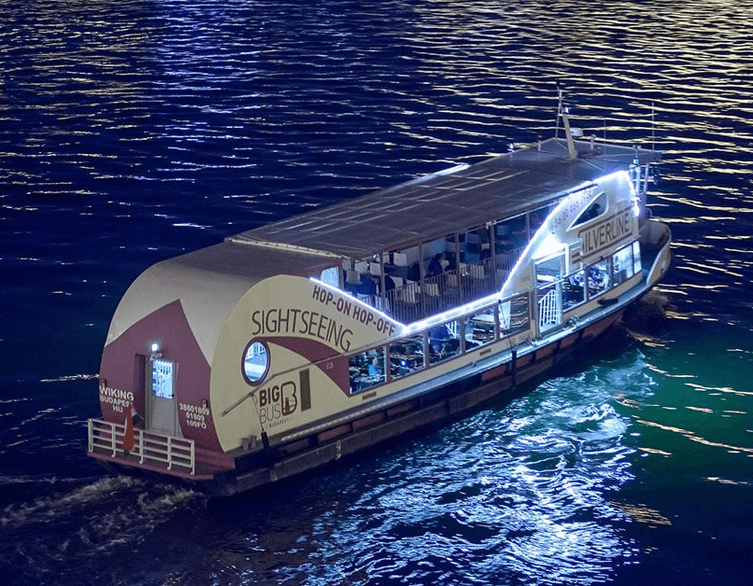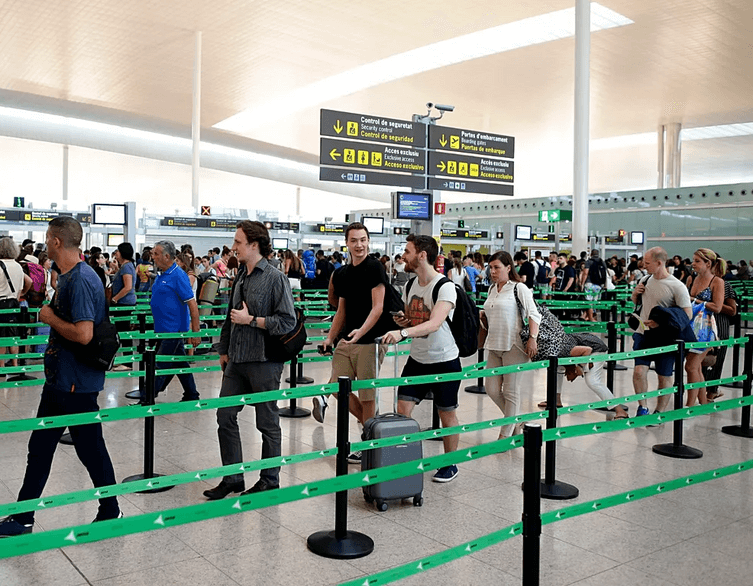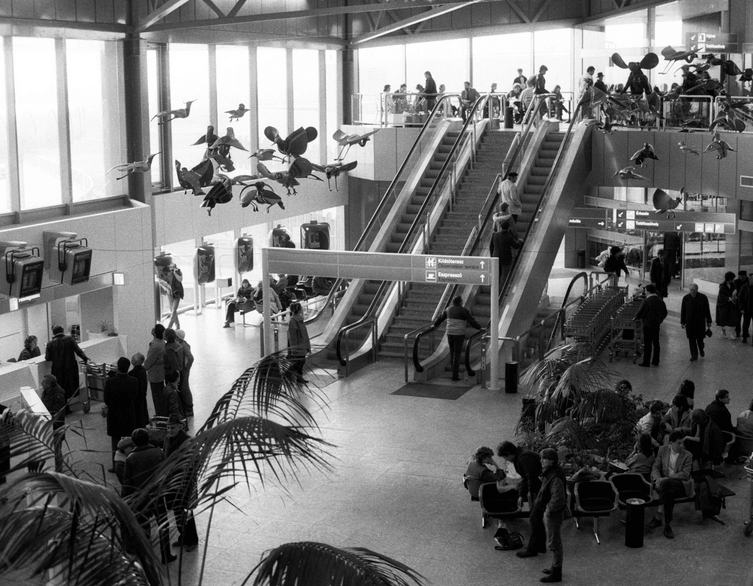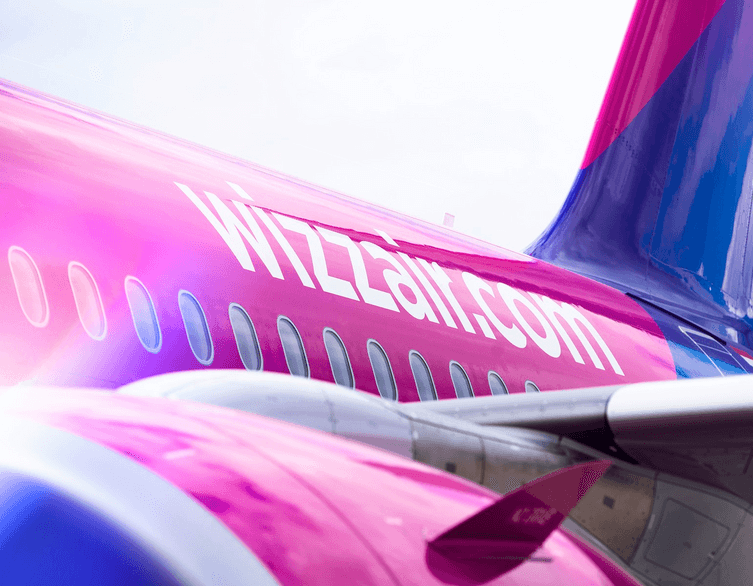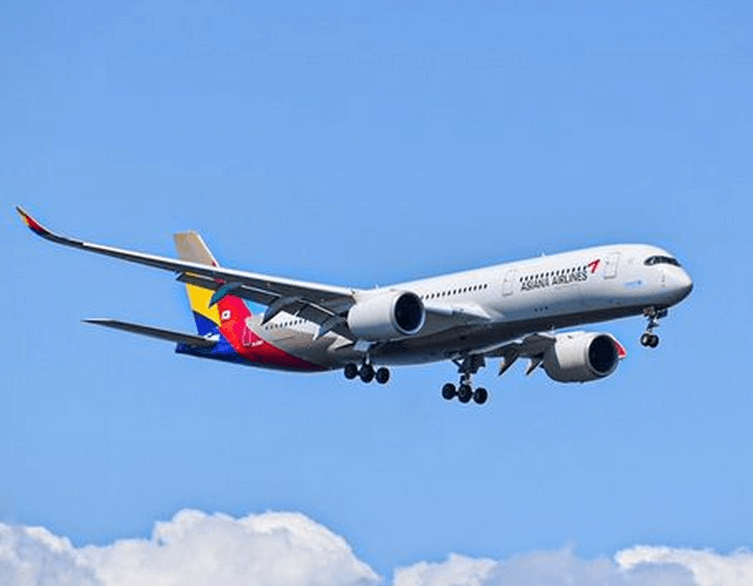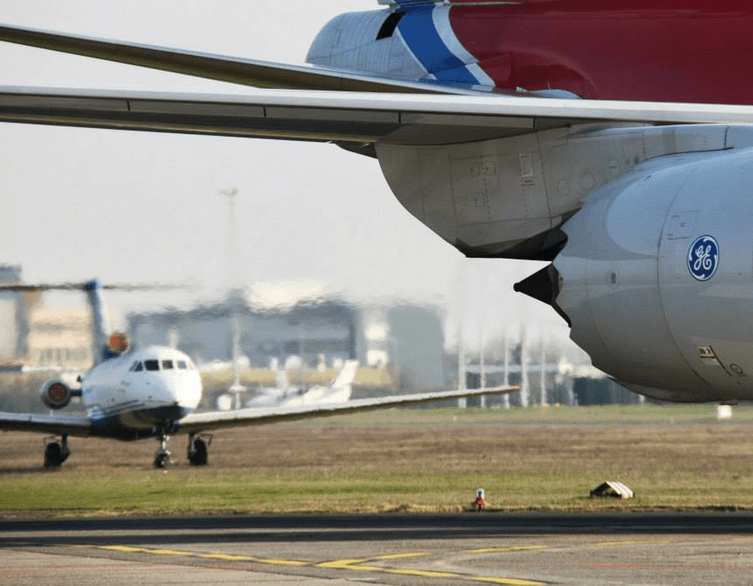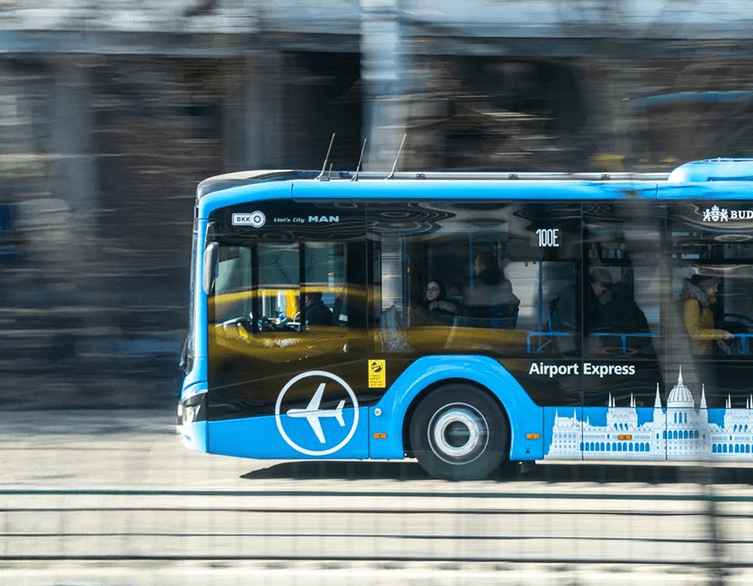Budapest Airport Unveils Exciting Winter Flight Schedule: New Routes and Expanded Connections for 2025-2026
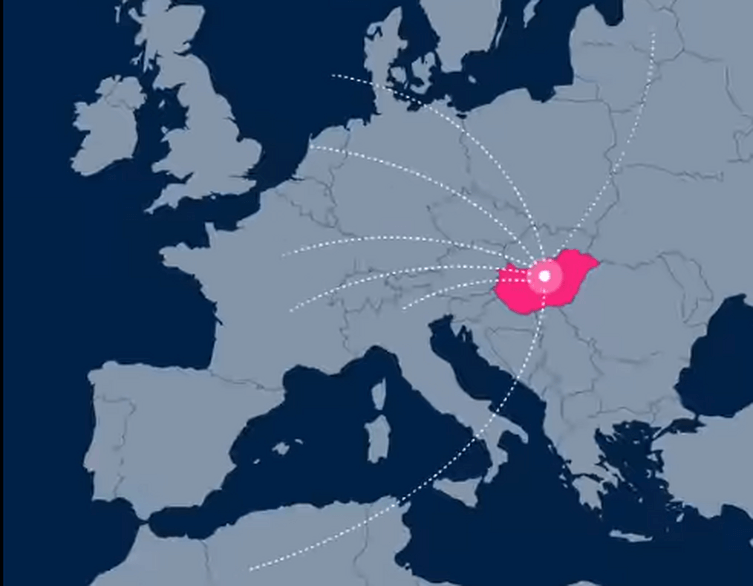
As autumn settles over Hungary’s capital and the city’s famous ruin bars begin their cozy winter transformation, Budapest Airport is preparing for one of its most ambitious seasons yet. The winter flight schedule launching at the end of October brings a wealth of new destinations, expanded frequencies, and some long-awaited returning routes that will make exploring Europe and beyond more accessible than ever for visitors to this enchanting city.
Record Capacity Signals Budapest’s Growing Aviation Prominence
Operating as part of the VINCI Airports network, Budapest’s Liszt Ferenc International Airport is entering the winter season with unprecedented capacity. The schedule offers an impressive 8.9 million seats, representing a substantial 12.5 percent increase compared to last winter. This isn’t just numerical growth; it reflects Budapest’s rising status as a central European aviation hub and the city’s magnetic appeal to international travelers.
The expanded capacity comes at a perfect time. From January through August 2025, the airport welcomed over one million more international passengers compared to the same period in 2024, demonstrating the remarkable momentum driving inbound tourism to Hungary. This dynamic growth creates a virtuous cycle: more visitors fuel demand for additional routes, which in turn makes Budapest more accessible and attractive to even more travelers.
Seven Fresh Destinations Join the Network
The winter schedule introduces seven completely new flight connections, opening up exciting possibilities whether you’re planning onward European adventures or hoping friends and family will visit you in Budapest. These additions showcase the diversity of destinations now within easy reach of Hungary’s capital.
French cuisine and wine enthusiasts will appreciate easyJet’s expansion into France with new routes to Bordeaux and Nantes. Bordeaux, the wine capital of France, becomes an attractive weekend escape option, while Nantes offers access to the Loire Valley’s château country and the unique culture of western France. These additions bring the total number of French destinations accessible from Budapest to new heights, strengthening cultural and tourism ties between Hungary and France.
British travelers gain improved connections through Jet2.com’s new flights to Newcastle and East Midlands. These routes particularly benefit visitors from northern and central England, making Budapest weekend breaks more convenient and affordable. The connections work both ways, of course, giving Budapest residents easier access to explore regions of Britain that were previously more challenging to reach.
Best deals of Budapest
For those seeking winter sun and exotic cultural experiences, Ryanair’s new Marrakesh route opens the door to Morocco’s enchanting imperial city. Imagine escaping Budapest’s winter chill for the vibrant souks, stunning riads, and mountain vistas of North Africa, all just a short flight away.
Wizz Air contributes two intriguing additions: Turin and Tallinn. Turin offers Italian elegance, world-class cuisine, and proximity to the Alps for winter sports enthusiasts. Meanwhile, Tallinn provides access to Estonia’s beautifully preserved medieval capital and serves as a gateway to the Baltic region’s winter wonderland experiences.
Scandinavian Connections Get a Major Boost
One of the most significant enhancements to the winter schedule involves SAS Scandinavian Airlines’ Budapest-Copenhagen route. After launching earlier this year, the connection proved so popular that SAS is dramatically expanding service. Throughout November, December, and March, travelers can enjoy daily flights between the two capitals. Even during the quieter months of the winter season, the route maintains at least five weekly departures.
This expansion reflects the strong travel demand between Hungary and Scandinavia, whether for business, leisure, or visiting friends and family. Copenhagen also serves as an excellent connection point for travelers continuing to other Scandinavian cities or exploring Denmark’s design-forward culture and hygge lifestyle. The increased frequency means greater flexibility in planning trips, with more options to find flights that fit your schedule.
A Network That Keeps Growing
The winter schedule offers access to 182 routes from Budapest, nearly thirty more than the previous winter season. This remarkable expansion doesn’t just benefit Hungarian travelers seeking getaways; it fundamentally strengthens Budapest’s position as a destination by making the city more accessible from an ever-wider range of origin points.
Airlines are betting on Budapest’s continued appeal, and their confidence is well-founded. The city offers an unbeatable combination of stunning architecture, thermal baths, vibrant nightlife, rich history, and exceptional value compared to western European capitals. As more routes launch and frequencies increase, visiting Budapest becomes easier for travelers who might have previously chosen more accessible destinations.
Looking Ahead: Exciting Summer Prospects
While the winter schedule alone offers plenty to celebrate, Budapest Airport is already preparing for an equally impressive summer 2026 season. Aviation enthusiasts and long-haul travelers will be particularly excited about several major announcements.
American Airlines is returning with a direct Budapest-Philadelphia connection, restoring a vital link to the United States’ east coast. Air Canada is also resuming its popular Budapest-Toronto route, reconnecting Hungary with Canada’s largest city and providing convenient access to eastern Canada and connections throughout North America.
A completely new player, Condor, will debut at Budapest with three daily flights strengthening the Frankfurt connection. This German airline’s entry adds healthy competition on one of central Europe’s busiest routes, potentially benefiting travelers through improved schedules and pricing.
Perhaps most intriguing is the potential for expanded service to China. Thanks to a new bilateral aviation agreement between Hungary and China, weekly flight frequencies between the two countries are set to grow. This development could significantly boost business travel and tourism flowing in both directions, reflecting Hungary’s strengthening economic ties with Asia’s largest economy.
Why This Matters for Visitors and Residents
If you’re planning to visit Budapest during the winter months, this expanded schedule translates directly into more convenient travel options. Whether you’re flying from a newly connected city or simply benefiting from increased competition driving down prices on established routes, the aviation developments make Budapest travel more accessible.
The winter season in Budapest offers its own magical experiences. While summer brings crowds and heat, winter reveals a different side of the city. Christmas markets fill squares with twinkling lights and mulled wine, thermal baths become even more appealing against crisp air, and indoor attractions like museums, cafés, and the famous ruin bars take center stage. The expanded flight network makes experiencing this quieter, more intimate Budapest easier than ever.
For those living in or regularly visiting Budapest, the route expansion provides exceptional flexibility for weekend trips and longer adventures throughout Europe and beyond. The diversity of destinations means you can choose city breaks, mountain retreats, beach escapes, or cultural explorations all departing from your home airport.
Strategic Growth in Action
Budapest Airport’s commercial leadership emphasizes how these developments reflect a deliberate diversification strategy. By leveraging off-peak capacity and cultivating relationships with both new and existing airline partners, the airport positions itself for sustainable long-term growth rather than seasonal spikes and troughs.
This approach benefits everyone involved. Airlines can deploy aircraft more efficiently throughout the year. The airport maintains steadier employment and operations. Local tourism businesses enjoy more consistent visitor flows. And travelers gain access to better pricing and more options regardless of when they choose to fly.
The airport’s commitment to maintaining its position as central-eastern Europe’s premier aviation hub shows in these tangible service improvements. While some airports focus exclusively on low-cost carrier growth or premium long-haul development, Budapest is pursuing a balanced approach that strengthens connectivity across all travel segments.
Planning Your Next Adventure
With nearly 182 routes now accessible from Budapest, the winter months offer extraordinary opportunities whether you’re visiting Hungary or using it as your European base. The new French connections invite wine country explorations and cultural discoveries. British routes facilitate business and leisure travel across the Channel. The Marrakesh service opens African adventures, while Turin and Tallinn provide contrasting Italian and Baltic experiences.
The expanded Copenhagen frequency particularly stands out as a gateway to Scandinavian experiences, from design shopping to Nordic cuisine to northern lights excursions. And with next summer’s transatlantic route returns already announced, travelers can start planning North American adventures with direct connections that eliminate the hassle of European transfers.
Budapest Airport’s winter schedule represents more than just numbers and routes. It reflects the city’s evolution as a must-visit European destination and a practical central European hub. Whether you’re coming to Budapest for its legendary nightlife, historic sites, thermal culture, or culinary scene, getting here has never been easier or offered more options.
Related news

















